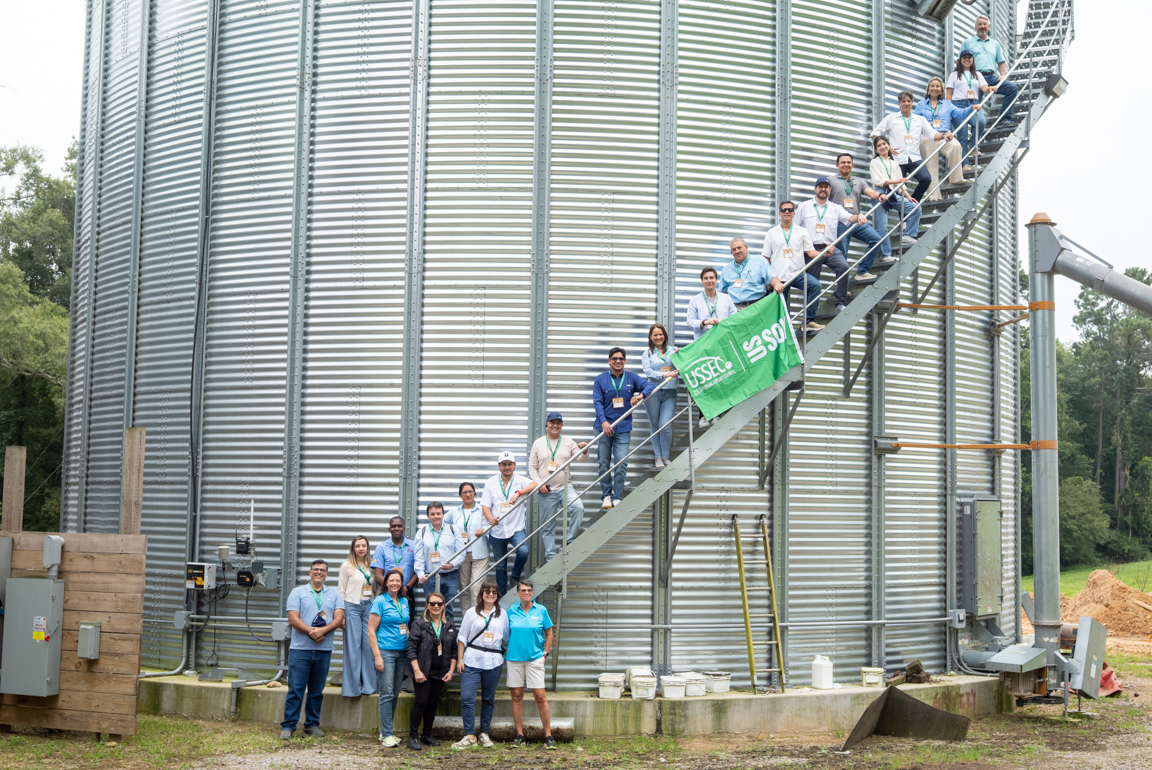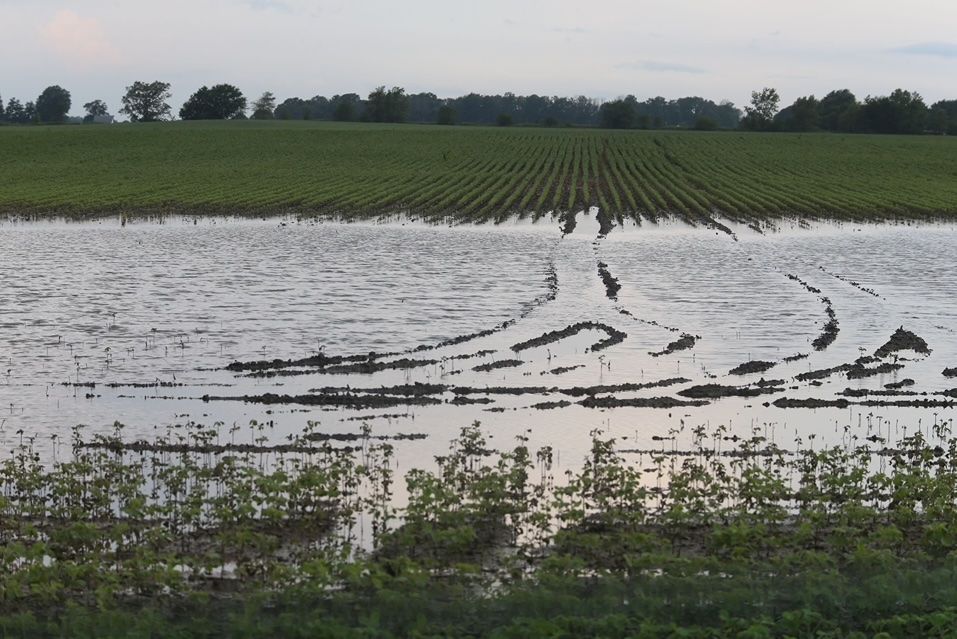Your Checkoff Dollars Sell Soy Around the World, and Here’s How it’s Done

From one-on-one meetings with importers to conferences here and abroad, the checkoff works to keep U.S. soy top-of-mind worldwide
It’s natural to be a creature of habit when it comes to what you buy or eat —at your favorite restaurant, there’s probably an item you always order because know you’ll like it. The same applies to the population of an entire country or region — for reasons cultural, economic or otherwise, it takes time to build preference for a new kind of food or feed. Through a variety of tactics and initiatives, your checkoff investments steadily build a preference for U.S. soy by promoting its compositional quality, verified sustainability and reliable supply.
These are just some of the ways and places your checkoff dollars get put to work by selling more of, and building preference for, U.S. soy, around the world.
Checkoff Partnerships, Technical Servicing and Conferences in Colombia
As a way to build demand for U.S. soy in animal agriculture, the checkoff-funded U.S. Soybean Export Council (USSEC) partnered with the Colombian Pork Checkoff to build the country’s demand for pork through technical seminars focused on increasing efficiencies and modernizing the Colombian pork industry. This program has seen much success —pork consumption in Colombia has doubled from barely 4 kilograms per capita to more than 9 over the last 7 years. Colombian buyers also verify the most soy shipments in the region through the U.S. Soybean Sustainability Assurance Protocol (SSAP), largely because of USSEC education efforts on the importance of sustainability and how Colombian companies can differentiate themselves with SSAP. To further build relationships with Colombian importers, the 2018 USSEC summer board meeting took place in conjunction with the regional Americas Buyers Conference in Cartagena.
Hosting Events in Southeast Asia and Bringing Trade Teams to U.S.
In Southeast Asia, USSEC hosts regional buyers conferences that serve as an important step in building U.S. soy preference and fortifying USSEC’s relationships with industry leaders. Last year USSEC organized the first Southeast Asia Ag Leadership Summit in Auckland, New Zealand. The conference brought together captains of the industry to discuss trade issues as well as gain strategic insights and information. USSEC hosts Soy Supply Workshops to further promote U.S. soy in the major Indonesian cities of Jakarta and Surabaya, as well as Bangkok, Thailand. In addition, USSEC invites Southeast Asian trade groups to attend the U.S. Soy Global Trade Exchange, which serves as the premier global soy and grain trade event every year.
Training Entrepreneurs to Meet Population’s Protein Needs in Bangladesh
In Bangladesh, a country of 166 million and a high potential growth market for U.S. soy, fish and poultry are important protein sources. In fact, Bangladesh is the world’s fifth largest fresh-water fish producer. Currently a, protein-poor population with a growing middle class and aspirations to become a middle-income country, Bangladesh is a promising future destination for growing U.S. soy exports. In-country, USSEC provides education projects that develop crusher preference for U.S. soy, train entrepreneurs how to import U.S. soy, as well as develop poultry and fish feed formulations to increase inclusion of U.S. soy.
Priming a Potential Soy Import Powerhouse in India
Some say India is, or will soon be, the most populous country on the planet with 1.3 billion people. In India, poultry is the most popular protein source, with broiler and layer chicken production growing 10 and 7 percent annually. Couple this growth with a new, development-oriented government, domestic consumption of soymeal exceeding exports and an overall Indian animal feed industry expected to double in five years, and you have the potential for a large future market for U.S. soy. With your checkoff dollars, marketing programs are working to educate Indian trade associations, media and researchers on the benefits of biotechnology, promote the profitability of using high-quality soymeal in poultry, as well as market U.S. soy’s nutritional benefits for government welfare programs.
A Growing Global Population Will Need More Soy
In 2000, approximately 6.15 billion people made up the world’s population. The United States Census Bureau currently estimates that number at more than 7.47 billion people. During the last 18 years, global soybean consumption has risen from approximately 5.9 billion to 12.9 billion bushels. If this trend continues, we’ll need an additional 3 billion bushels a decade. For economic and cultural reasons, people around the world are consuming more soy-fed protein, and the checkoff wants to encourage that buying habit. As this growth continues, your checkoff investments will be vital to strategically marketing your soybeans and ensuring U.S. soy has a big place at the global table.
2018 Upcoming Trade Events
U.S. Soy Global Trade Exchange
Kansas City, Missouri
August 28-30
Regional Soybean Processing and Refining Conference
Amman, Jordan
Sept. 10-17
Regional Dairy Conference
Cairo, Egypt
Sept. 19-16
Lacqua 2018
Bogota, Colombia
Oct. 23-26
U.S. SBO Certified Master’s Program Reception
Seoul, South Korea
Oct. 15
U.S. Soy Outlook Conference
Seoul, South Korea
Nov. 12
U.S. Soy Sustainability Ambassador Award Ceremony of Tofu & Natto
Tokyo, Japan
December 7



